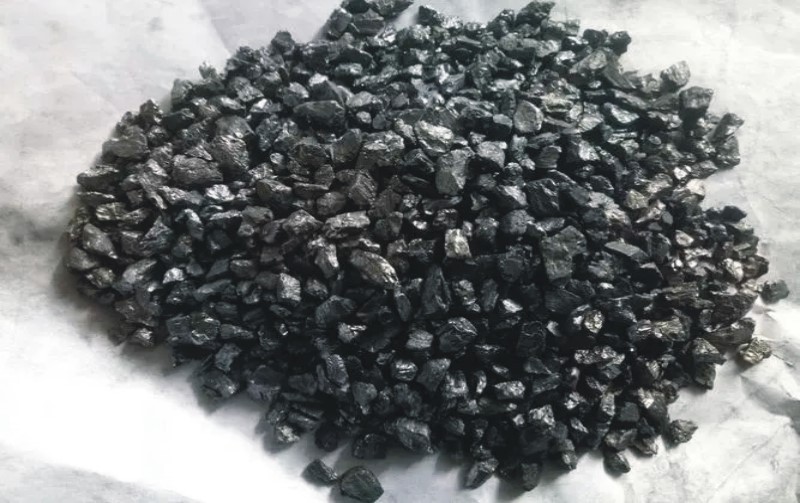The carbon additive is added to make up for the carbon content lost during the steel melting process.
 Jul 25, 2024|
Jul 25, 2024| Introduction to Ferroalloy Additives
The carbon additive is added to make up for the carbon content lost during the steel melting process.
In the smelting process of steel products, the melting loss of carbon element in the molten iron often increases due to prolonged smelting time, insulation time, and overheating time, resulting in a lower carbon content in the molten iron, which fails to meet the theoretical value of the carbon content expected during the smelting process.
Types of Carbon Additives:
The raw materials of carbon additives are diverse, and the production processes are different. They include wood-based carbon, coal-based carbon, coke-based carbon, and graphite-based carbon, etc. There are many sub-varieties within each classification. High-quality carbon additives generally refer to carbon additives that have been graphitized. Under high temperature conditions, the arrangement of carbon atoms presents the microscopic form of graphite, so it is called graphitization.
Graphitization can reduce the content of impurities in carbon additives and improve the carbon content, while reducing the sulfur content. When used in casting, carbon additives can greatly increase the scrap steel input and reduce the use of pig iron or eliminate the use of pig iron.
The feeding method of electric furnace melting should be to add the carbon additive with the scrap steel and other charge materials together. Small amounts of addition can be made by adding it on the surface of molten iron. However, it should be avoided to add a large amount of carbon additive to the molten iron in one go, to prevent excessive oxidation and the occurrence of insufficient carbon content and low carbon content in the castings. The amount of carbon additive to be added should be determined according to the proportion and carbon content of other raw materials.
Different types of cast iron should be selected according to the needs of different carbon additive models. The characteristics of the carbon additive itself are to choose pure carbon graphitic substances to reduce excess impurities in pig iron, and the use of the carbon additive can reduce the production cost of castings.
Use of carbon additive:
During the smelting process, due to improper batching or loading or excessive decarburization, sometimes the carbon content of the steel is not reached as required, so carbon must be added to the molten steel.
The commonly used carbon additives are carbon-enriched pig iron, electrode powder, petroleum coke powder, wood charcoal powder, and coke powder. For the top-blown converter steelmaking of medium-high carbon steel grades, petroleum coke with very little impurities is used as the carbon additive. The requirements for the carbon additive for the top-blown converter steelmaking of high-carbon steel grades are high fixed carbon content, low ash, volatile matter, sulfur, phosphorus, and nitrogen content, dryness, cleanliness, and appropriate particle size.

The fixed carbon composition is:
w(C)>96%, volatile matter≤1.0%, w(S)≤0.5%, w(water)≤0.55%, particle size of 1-5mm.
If the particle size is too fine, it will be easily burnt off, and if it is too coarse, it will float on the surface of the molten steel and not be easily absorbed by the steel water. For the particle size of induction furnace, it is 0.2-6mm, of which the particle size of steel and other black metals is 1.4-9.5mm, high-carbon steel requires low nitrogen, particle size of 0.5-5mm, etc. The specific particle size needs to be judged and selected based on the specific furnace type, the type of workpiece being smelted, and other details.


